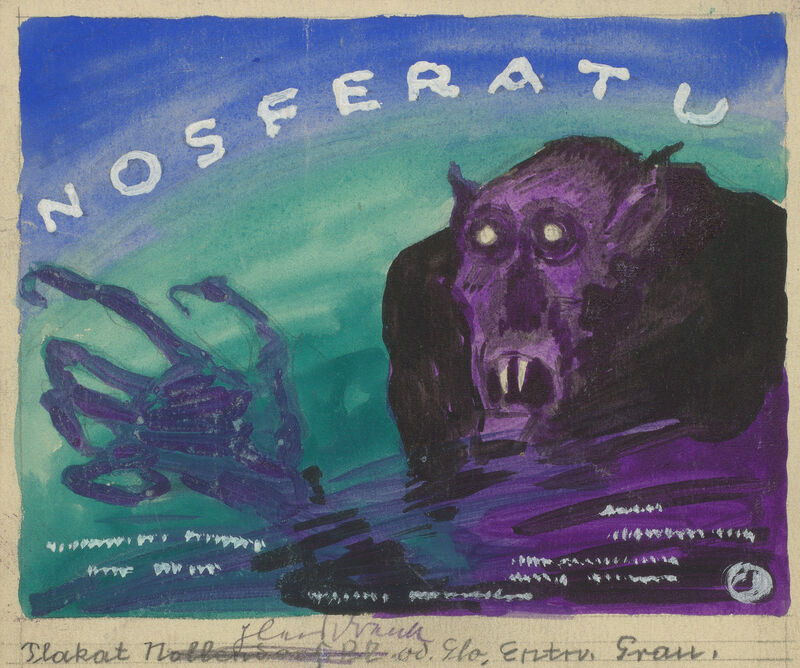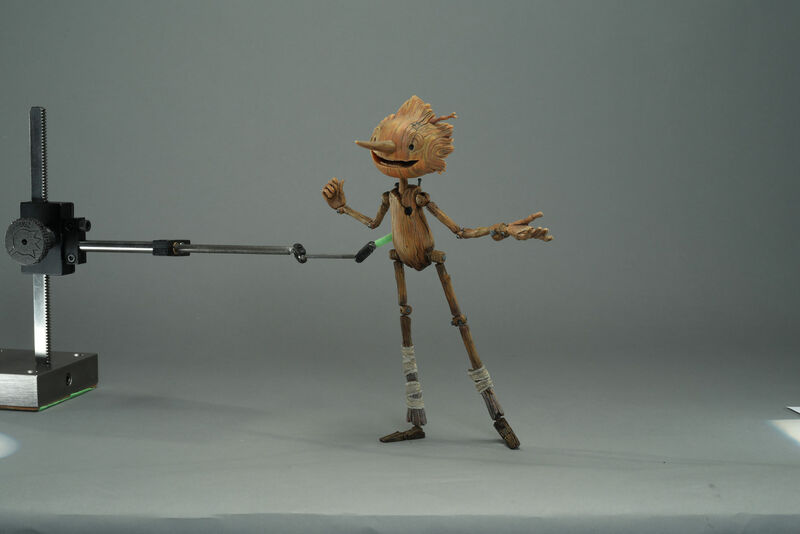The first part of the review can be found here.
Protests and committed looks − the art year 2022
Protests against visiting professors, climate activism in museums and man's look at himself: After the Corona pandemic, the world is facing change in the face of war, inflation and climate change. The art world is also closely linked to these political developments. The Art.Salon looks back on the last twelve months.
Consequences of the documenta scandal

One month after the start of the documenta, the general director Sabine Schormann resigned from her post. Her reticence and every refusal to participate in discussions met with harsh − and justified − criticism. As general director, she is only indirectly responsible for the artists and exhibits − after all, this decision was left to the ruangrupa collective − but the world nevertheless expected her to take a stand.
There was also criticism and protests in October in Hamburg, where the Hochschule für Bildende Künste presented two ruangrupa members as visiting professors. The invitation to Reza Afisina and Iswanto Hartono was made before the documenta opening. The university celebrated it as a success in its plan to network with positions from the Global South. But because everything turned out differently, protests led to the official presentation being cancelled. Afisina's and Hartono's statements that they are not anti-Semites have not yet been listened to. President Martin Köttering defends the HfBK's decision to stick to its plan: »We offer the topics that were raised in the context of documenta fifteen, but not sufficiently reflected upon, a space for discourse in which they can be seriously addressed. If not here, at an artistic-scientific university, where and when else should this take place?«
The Last Generation protests

In several museums in Europe and North America, artworks came into contact with food − or so one thought at first. In fact, climate activists of the Last Generation only threw at paintings protected with safety glass. They have not damaged any artwork so far, only some frames had to be cleaned. The protests triggered outrage among politicians and on social media, with Potsdam Mayor Mike Schubert (SPD) calling them »cultural barbarism«. Since then, the public has been discussing condemnations and higher safety standards, and the consequences of climate change are being pushed into the background.
Masterpieces for a good cause
Microsoft co-founder Paul G. Allen showed more foresight: Before he passed away in 2018, he determined during his lifetime that his art collection would be auctioned off for charity. At the end of the year, the auction at Christie's proved to be a record-breaking one, fetching over 1.5 billion US dollars in total.
Numerous painters such as Lucian Freud, Georgia O'Keeffe, Barbara Hepworth, Max Ernst and Thomas Hart Benton set new records. Five paintings cracked the 100 million dollar mark: Gustav Klimt's Birch Forest (1903) brought 104.5 million, Georges Seurat's Les Poseuses, Ensemble (Petite version) (1888) achieved 149.2 million, Vincent Van Gogh's Verger avec cyprès (1888) 117.2 million, Paul Cezanne's La Montagne Sainte-Victoire (1888/1890) 137.8 million and Paul Gauguin's Maternité II (1899) 105.7 million US dollars.
Timeless figure painting
Figurative painting has experienced a flight of fancy in recent years, with the British artist Lynette Yiadom-Boakye at the spearhead. Her portraits of imaginary black people enliven abstract backgrounds and at first glance reveal unexpected political and psychological dimensions. In 2020, Tate Britain had to cancel its exhibition due to pandemic, and is currently repeating it. Some 70 of her works are on view in London until 26 February.
Recent auction results of Lynette Yiadom-Boakye
Alice Neel, who died in 1984, also dealt with politically charged portraits. Her motifs mostly deal with people excluded from the intellectual elite. In Paris, the Centre Pompidou is dedicating a solo exhibition to her »committed gaze« until 2 January.
The painter Lucian Freud, also from Great Britain, would have turned 100 a few weeks ago − if he had not died in 2004. His raw, honest portraits of naked people, with which he critically examined ideals of beauty and wanted to promote acceptance, are more topical than ever in today's times. Plastic surgery and self-dramatisation are booming on social media, trends like self-injections are going through the roof. The physical and psychological effects of this striving for perfection are fatal.
A look behind the scenes

Just in time for the dark season, a counter-programme to endless repetitions of Christmas films is on offer. The Scharf-Gerstenberg Collection is celebrating the centenary of Friedrich Wilhelm Murnau's horror film classic Nosferatu. Inspired by Goya's etchings and Romantic paintings, the visual language of the film itself exerted an influence on artists of the 1920s.
For those who prefer something gentler, the animated film Pinocchio by horror great Guillermo del Toro is recommended. For the release of the Netflix film, the Museum of Modern Art in New York is opening a behind-the-scenes exhibition that introduces the elaborate production with stop-motion technology. The film adaptation of the classic Italian children's book breaks away from the original and proves to be much darker. A wonder story with slight creepiness for those who want to see something different at Christmas.

Dive deeper into the art world
War, legends and scandals - the art year 2022
Documenta fifteen, the 59th Venice Biennale, Picasso's La fenêtre ouverte in an auction for the first time - the art year 2022 had it all. Last but not least, the war in Ukraine or even the climate crisis also moved museums and galleries. The Art.Salon looks back on the last twelve months.



























